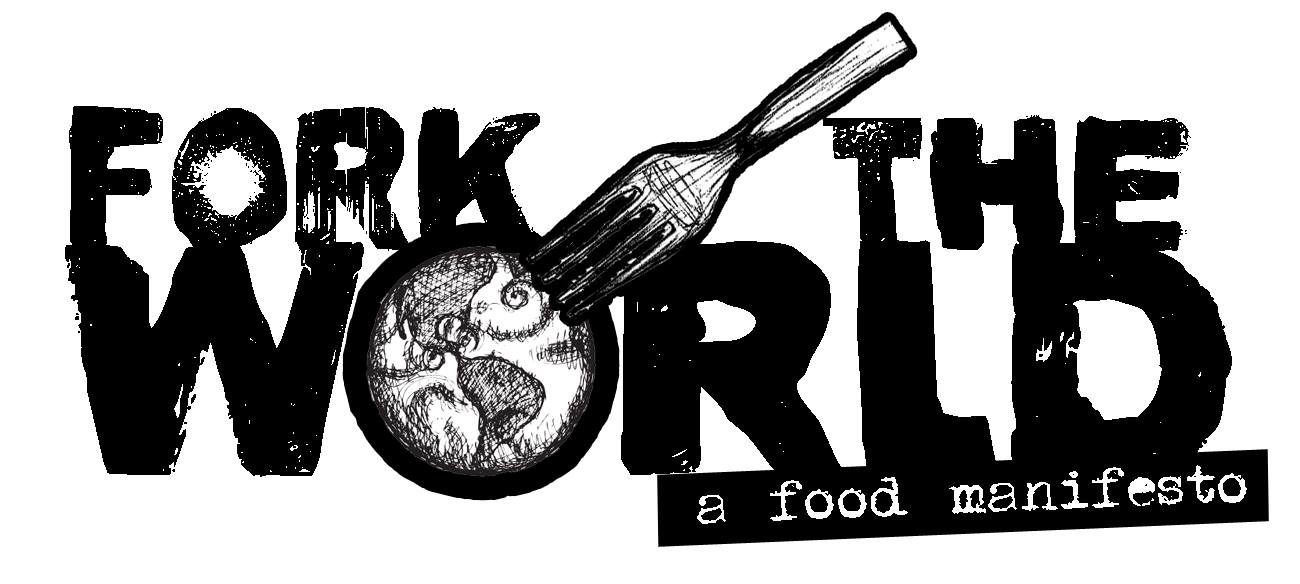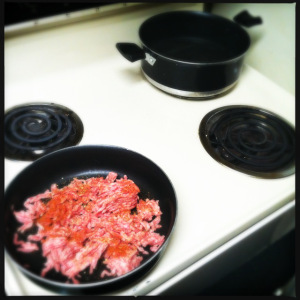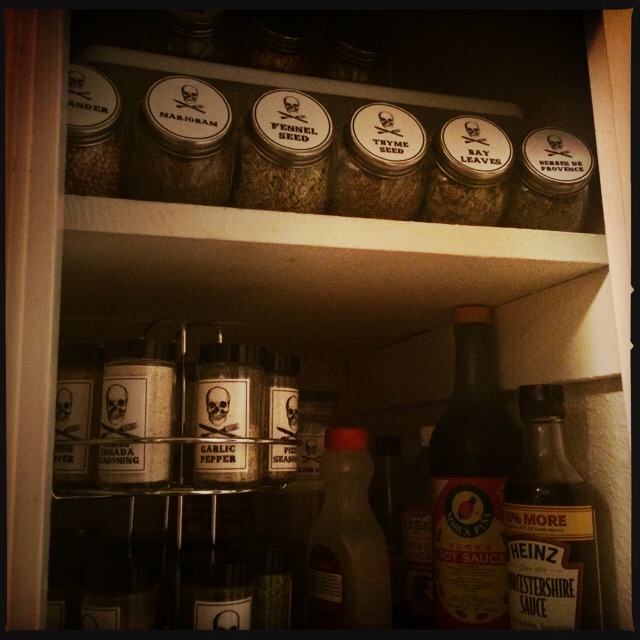I don’t watch much TV. We don’t own one, it broke a few years ago, and we decided we would rather spend money and time on things we can use our brain on. Don’t get me wrong, we still binge watch something on the computer every once and a while, but for the most part we don’t get a lot of movie watching done.
My brother in law suggested the documentary “Jiro Dreams Of Sushi” to me. Luckily it was on Netflix.
This movie… makes you want to be better. It’s a good two hour look at a man who has given everything to be his personal best. If you watch the whole thing, and don’t feel inadaqute at what you do for work or passion, you didn’t really watch close enough.
Jiro’s tradition and lifestyle comes from a different world. It’s a valuable lesson in wordly knowledge, and to become a shokunin is defeintely not for everyone, if it were easy, there would be masters of every discipline at easy reach,
The thing that really gets me though, is Jiro loves to make sushi. He never hated his job and he would rather do that than anything else. He takes comfort in the strict standards he set for himself, and his work has paid off both in terms of success and passing his legacy to his sons.
Growing up in South Texas, no one has ever made me work my way up to egg sushi. Learning to cook was something I picked up on my own, making my journey very different but the joy of cooking holds up.
When I cook, it’s almost a different feeling than the obession that Jiro has, for me it’s a chance to get away from everything else. It’s sort of theraputic. There is also the freedom of abandonment that I will never be a world class master chef.
This doesn’t mean that I don’t care about what I make however. It’s not an excuse to make shitty food or not care what I am serving. The concept of constant improvement and striving to be better everytime definitely holds true. Unlike many world class chefs though, myself and many of the artists and musicians who share their recipes on this site don’t have the option to go to a fish market everyday and spend money and time on dishes and ingredients. While fresh and expensive ingredients go a long way, there is definitely more to it than discipline and money.
I started this blog to share recipes with the concept that anyone can cook. I believe it. There are all different levels of it. You can start by boiling water and go from there. That’s the key to striving to be better. Always try new things. It doesn’t matter if it’s learning how to chop vegetables by hand, sharpening your knives or improving your barbecue or baking skills when the seasons change. It’s perfectly ok to start making meals with the aid of dried seasonings and pre packaged indredients and working your way up to fresh made from scratch dishes. The key is to get in there are crank up the stove.
Jiro may make the best sushi in the world, but when it comes to things like Mexican food, I’ve tasted it from the best grandmas in the world. I think back to my own grandmother in a tiny warm kitchen, the clanging of pots and pans with those wonderful mouth watering smells. The chaos of a big poor family gathering under a tiny roof to eat homeade toritillas and any sort of taco she made is about as far away as you can get from the traditional Japenese craftsmanship that is portrayed in this movie, but the end result is just the same.
And that’s just it isnt’ it?
Cooking is a journey. There are different roads to take to greatness but the end the same if you are true to yourself. In the end, a clean kitchen, aspiring to improve yourself, patience in the things you aren’t good at, stubborness to make yourself better at those things, and a passion for cooking are going to be what pushes you no matter what your background is.





